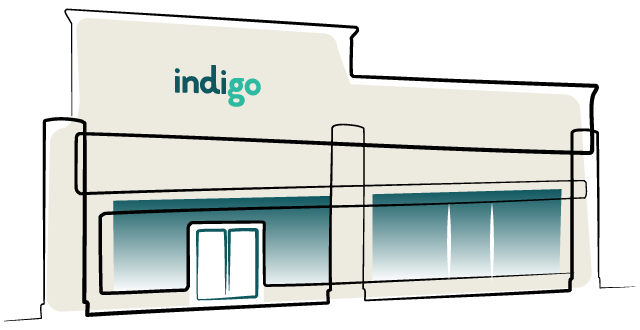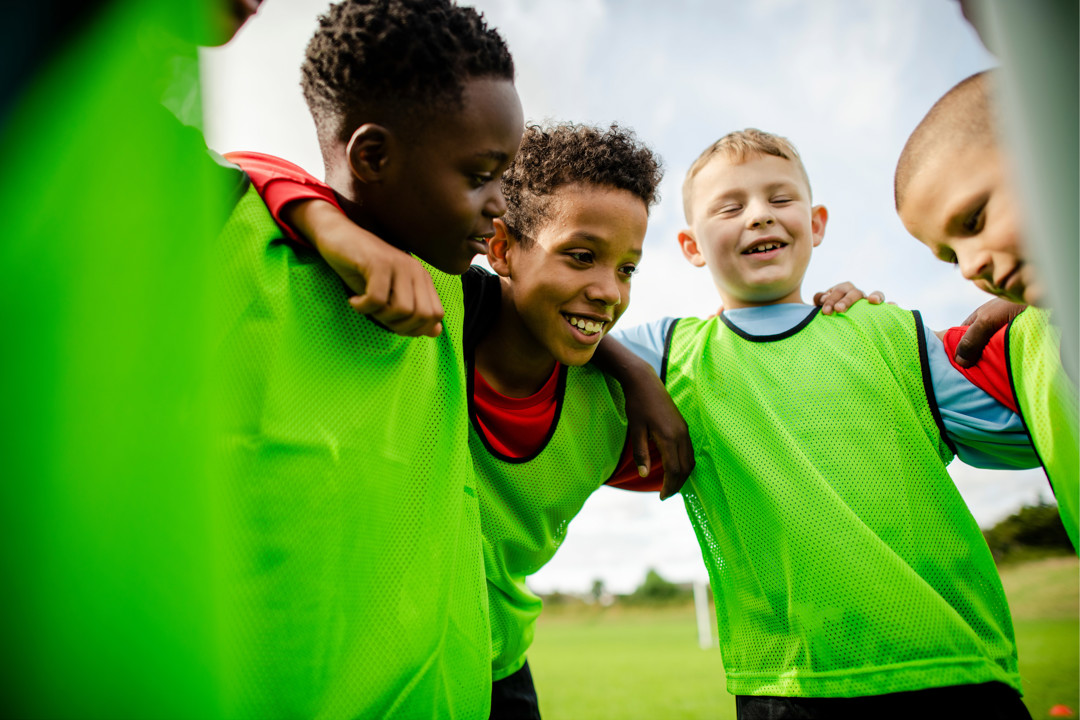Burns are skin and cell damage from heat. There are four types of burns: first degree, second degree, third degree and fourth degree. The most minor is a first-degree burn, which is characterized by red, non-blistered skin.
Minor Burns
Causes
Burns are one of the most common household injuries. Most accidental burns, particularly minor burns, can be healed without serious medical attention. Burns happen from a variety of incidents that include:
- Scalding from hot/boiling liquids
- Touching a burning surface
- Excessive sun exposure
- Chemical burns
- Electrical burns
- Fire or flame
Symptoms
Since first-degree burns are the most minor of burns, they cause minimal skin damage. They’re also known as “superficial burns.” Since first-degree burns affect only the first layer of skin, they often heal in seven to 10 days without any scars. Some symptoms of a first-degree burn are:
- Pain
- Redness
- Minor inflammation and/or swelling
- Dry and peeling skin as the burn heals
However, a first-degree burn can be more serious if it covers more than a three-inch area, and if it’s on your face or a major joint. This includes:
- Ankle
- Knee
- Foot
- Spine
- Shoulder
- Forearm
- Elbow
Treatment
Many people treat first-degree burns at home. Healing time is quicker the sooner you treat your burn. Some quick and useful treatments include:
- Soaking the wound in cold water for a minimum of five minutes
- Taking ibuprofen or acetaminophen for pain relief
- Applying lidocaine, which is an anesthetic, to the area with aloe vera gel or cream to soothe the skin
- Using an antibiotic ointment and loose gauze to protect the burned area
Also:
- Don’t use ice as it can make the burn worse
- Don’t use cotton balls as the small fibers can stick to the burn and cause infection
- Don’t use home remedies like butter or eggs to apply to the burn, as they have not been proven to be effective.
Should I go to Indigo?
Indigo can evaluate your minor burn and recommend treatment to help with healing and pain relief.
You’re better off heading to an emergency department for treatment if you have any of the following symptoms:
- Burn seems like it’s getting worse
- Burn is larger than your hand
- Blistering occurs or there’s skin sloughing down to muscle or bone
- Chemical and electrical burns
- Burns on your face, hands, scalp, joints or sensitive or thin-skinned area

Related Blogs
Come on in!
If you need a sports physical, we recommend scheduling an in-person appointment at any of our Indigo Urgent Care locations.

How can we help?

